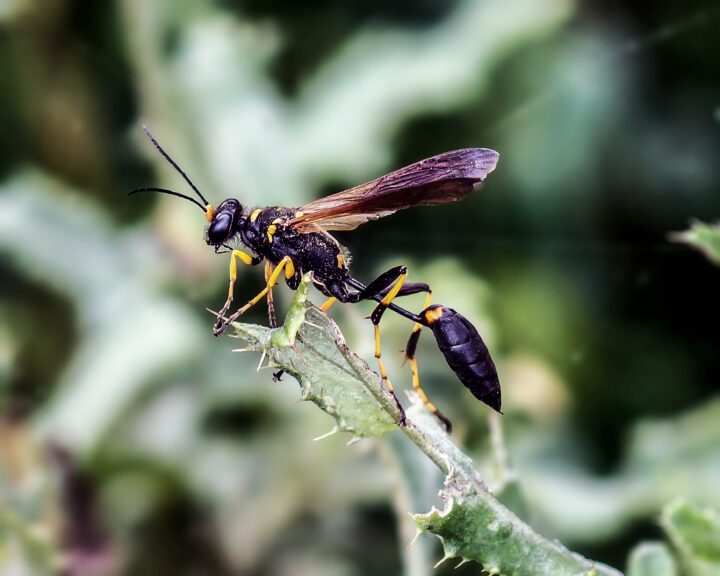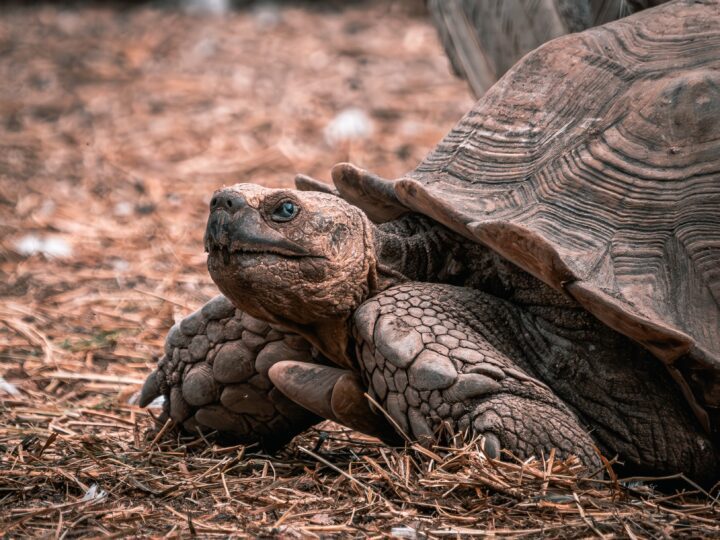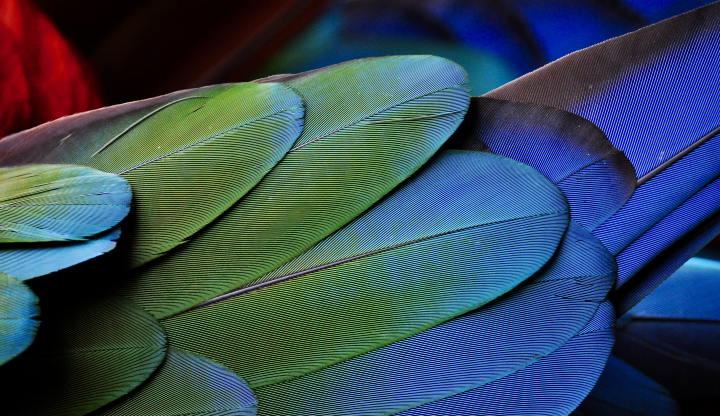Protect From Animals
Animals–organisms that range from microscopic to larger than a bus–embody a wide variety of harms to living systems, including other animals. They threaten through predation, herbivory, defense, and parasitism, and they compete for resources such as water, nutrients, and space. Any given living organism commonly faces threats from a variety of animals, requiring strategies that effectively defend from each. Trout and other bony fish, for example, escape predators by having scales made of very thin, flake-like pieces of bone covered with slippery mucus. They also have behavioral strategies such as camouflage, fast swimming, and twisting and turning to achieve release from a predator’s grip.
Protect From Microbes
In living systems, microbes play important roles, such as breaking down organic matter and maintaining personal and system health. But they also pose threats. Bacteria can be pathogens that cause diseases. Some bacteria create colonies called biofilms that can coat surfaces, reducing their effectiveness–for example, inhibiting a leaf’s ability to photosynthesize. Living systems must have strategies for protecting from microbes that cause disease or become so numerous that they create an imbalance in the system. At the same time, living systems must continue living in harmony with other microbes. Some living systems kill microbes. Others repel without killing to reduce the chances that microbes will adapt to the lethal strategy and become resistant to it. For example, some pea seedlings exude a chemical that inhibits biofilm buildup.
Chemically Assemble Molecular Devices
Through molecular recognition and shape complementarity, cells self-assemble complex devices that work in much the same way that human machines do, but at a molecular scale. For example, single-celled bacteria construct a “motor” responsible for the controlled motion of the bacteria’s flagellar tail.
Physically Assemble Structure
Living systems use physical materials to create structures to serve as protection, insulation, and other purposes. These structures can be internal (within or attached to the system itself), such as cell membranes, shells, and fur. They can also be external (detached), such as nests, burrows, cocoons, or webs. Because physical materials are limited and the energy required to gather and create new structures is costly, living systems must use both conservatively. Therefore, they optimize the structures’ size, weight, and density. For example, weaver birds use two types of vegetation to create their nests: strong, a few stiff fibers and numerous thin fibers. Combined, they make a strong, yet flexible, nest. An example of an internal structure is a bird’s bone. The bone is comprised of a mineral matrix assembled to create strong cross-supports and a tubular outer surface filled with air to minimize weight.






